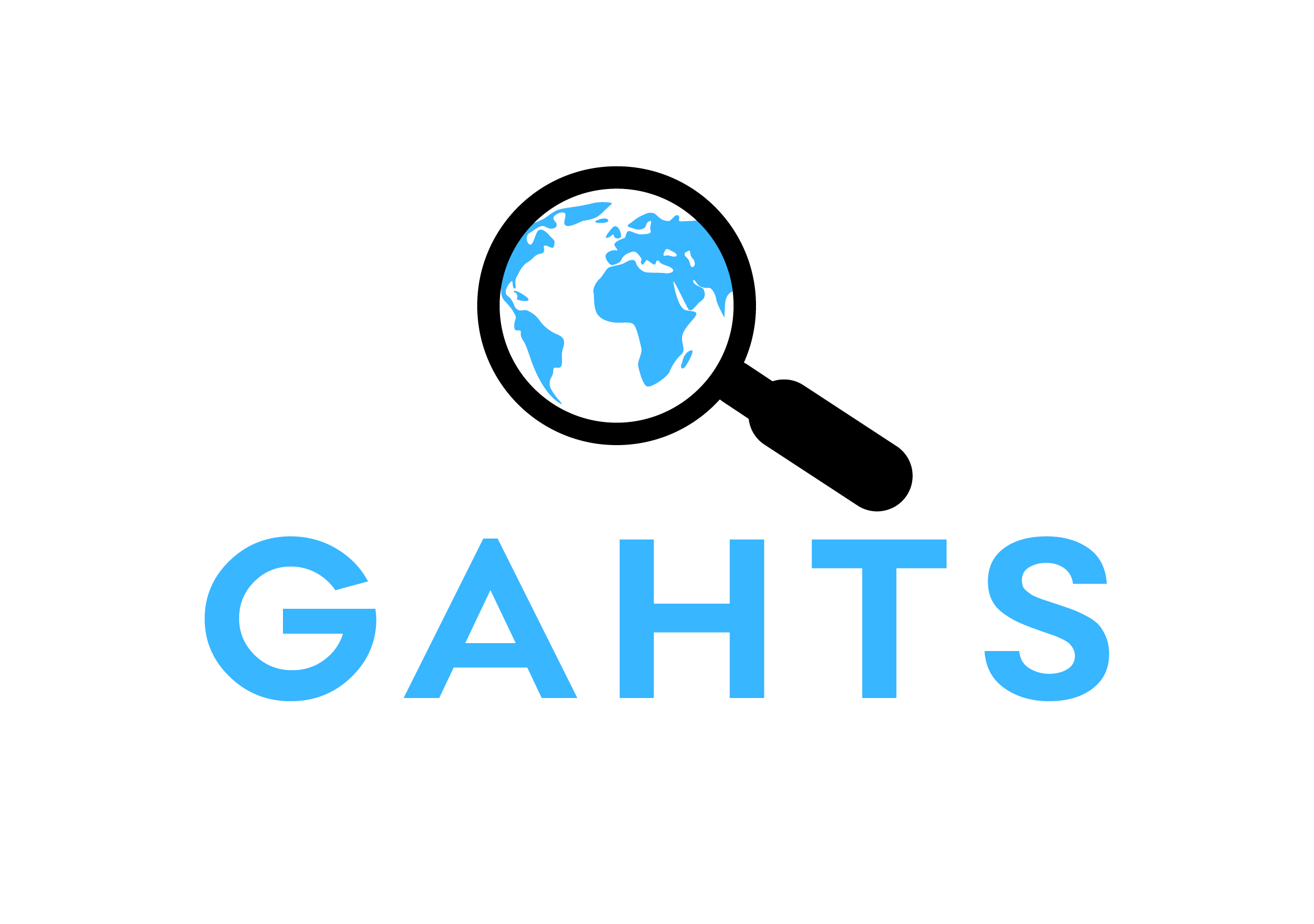Educating Physicians on Sex Trafficking: Who Receives Our Empathy and Whom Do We Blame?
Author: Shin, Rachel; Oberlin, Austin; Rigby, Fidelma & Chelmow, Fay
Abstract: The majority of trafficked persons report seeing a healthcare provider at least once during their exploitation. Implementing training on human trafficking for healthcare providers could improve identification and also foster empathy for trafficked persons. The primary objective of this study is to understand whether exposure to different perspectives of a sex trafficking scenario would affect healthcare professionals’ empathy and attribution of blame toward trafficked persons. Secondary objectives include characterizing the extent of human trafficking training received, defining the baseline knowledge providers have of human trafficking, understanding provider attitudes toward trafficked persons, and identifying their endorsement of human trafficking myths. Between December 2018 and February 2019, 169 healthcare professionals and healthcare professionals in-training from Richmond, Virginia completed the survey. Validated scales assessed participants’ baseline knowledge, endorsement of human trafficking myths and attitudes toward trafficked persons. Participants were then randomized into two groups. The first group read a vignette describing a case of sex trafficking, written from the perspective of a survivor (i.e. survivor vignette). The second group read the same survivor vignette, and also read a vignette describing the case from the perspective of a perpetrator (i.e. perpetrator vignette). Validated scales then measured participants’ empathy and attribution of blame toward the survivor in both groups. Attending physicians were more likely to endorse human trafficking myths than medical students. Additionally, higher baseline rates of myth endorsement and unfavorable attitudes toward suvivors were correlated with less empathy for trafficked persons and more “victim blaming”. However, there were no significant differences in empathy and attribution of blame toward trafficked persons between vignette groups. Since the majority of trafficked persons present for medical care at least once during their time of exploitation, medical providers are uniquely positioned to identify and care for such victims. However, most survey respondents lacked formal training on human trafficking and many providers had high levels of myth endorsement and lack confidence in the identification and management of their care. Education in early medical training offers a critical opportunity to increase provider preparedness and reduce inherent biases that could detrimentally affect the care provided in later years. Since education and awareness precede changes in behavior, integrating human trafficking education into health professional curricula is the first step to improving the identification and care of trafficked persons.
Keywords: Human trafficking, healthcare, medical education, empathy, attribution of blame, attitudes
